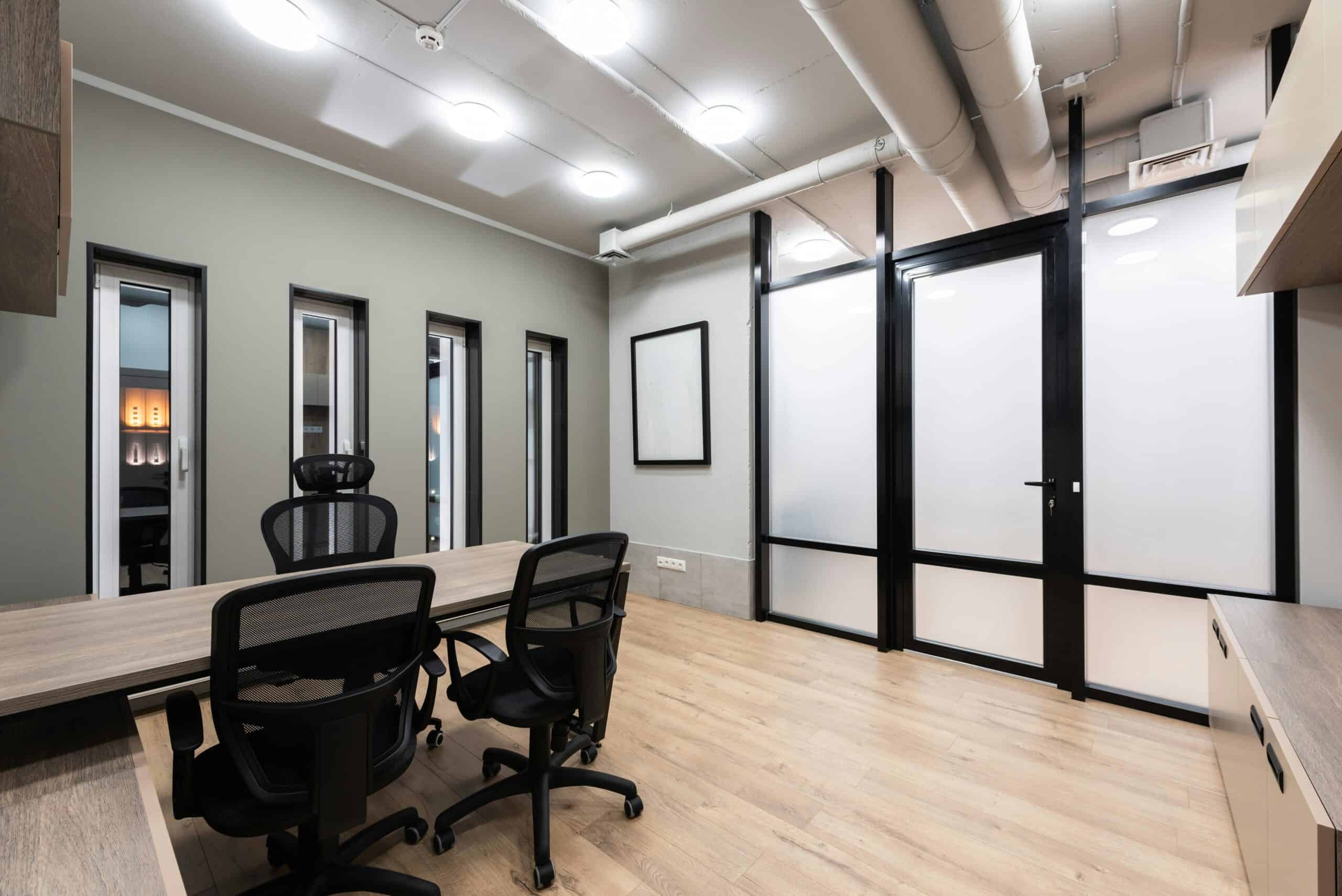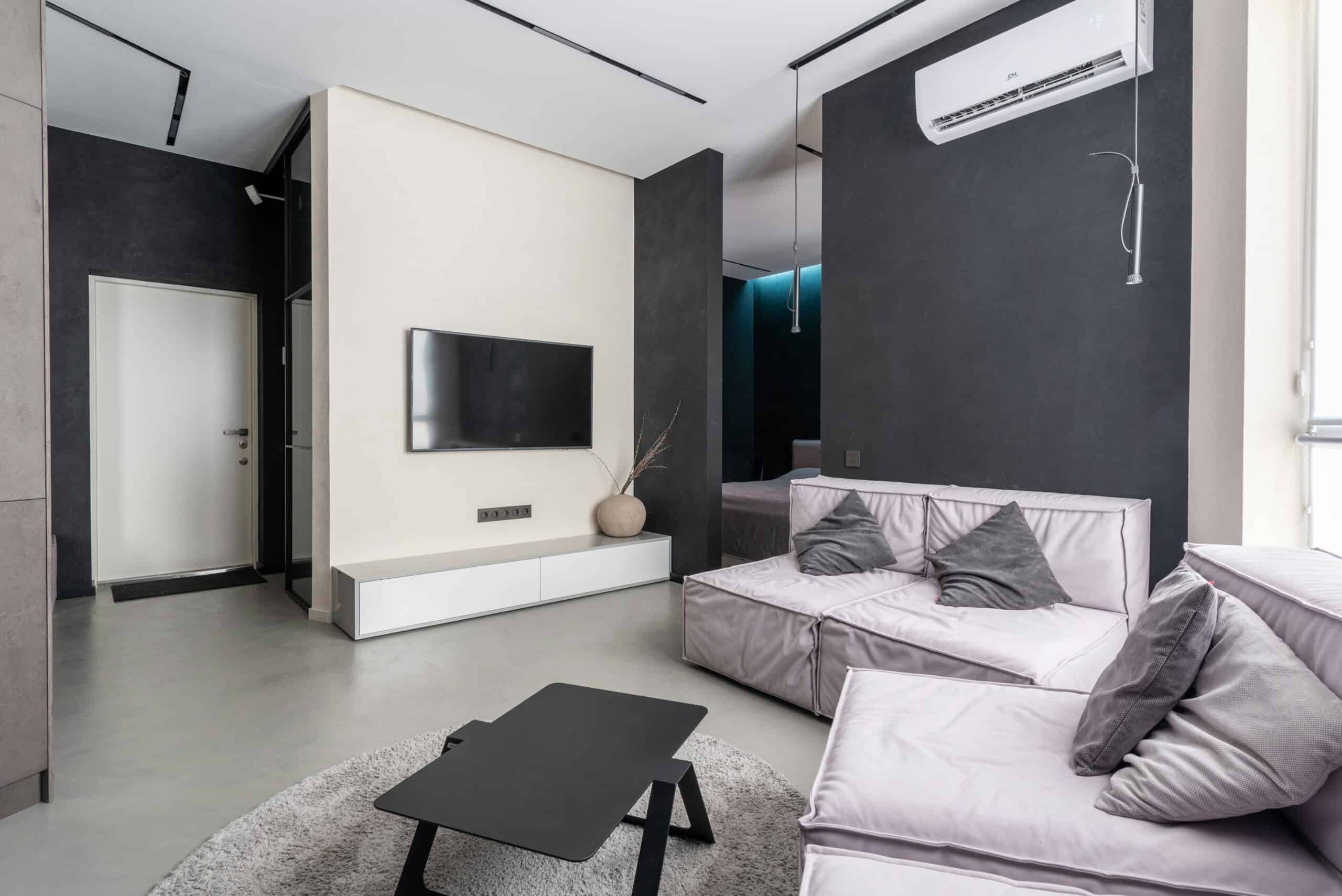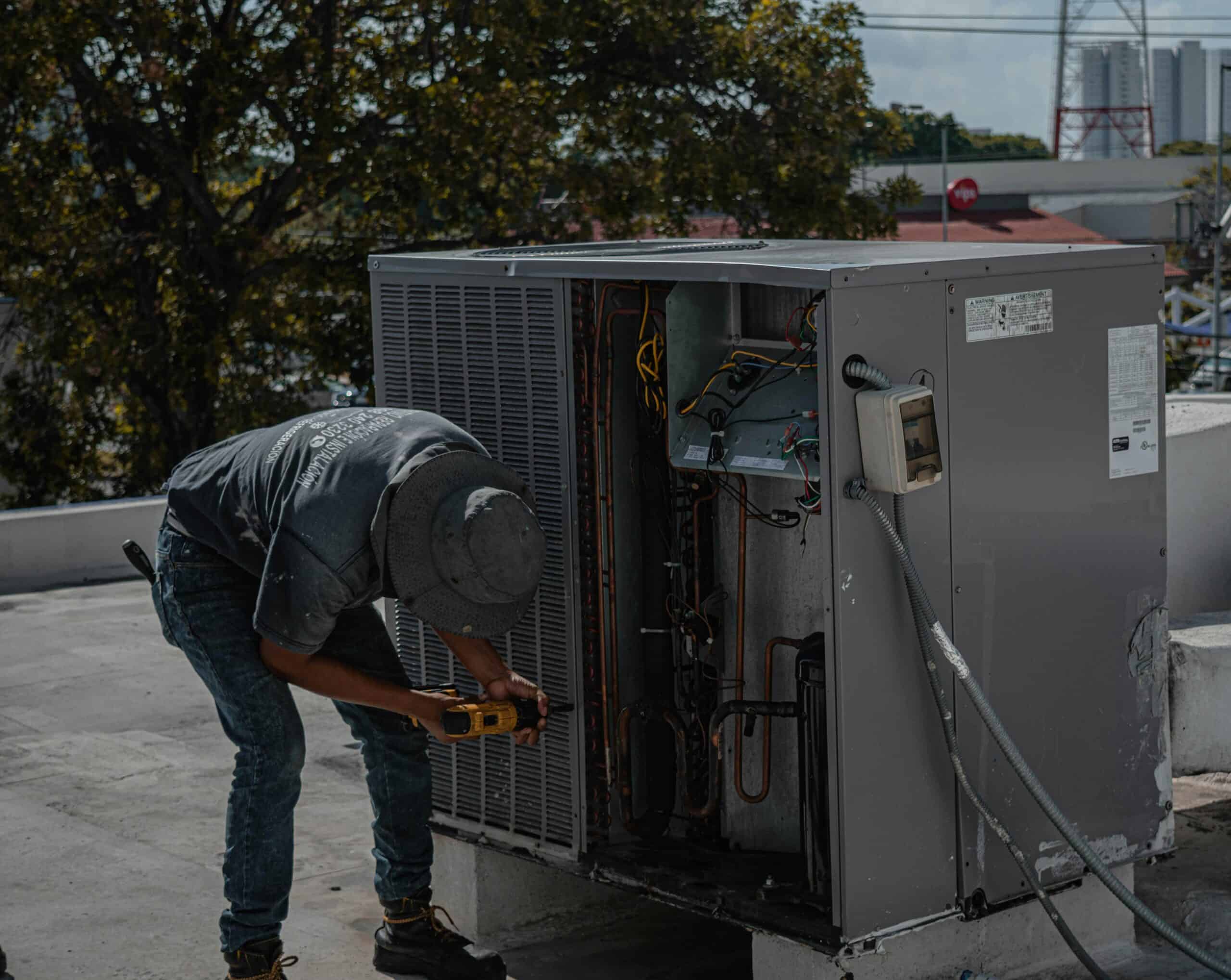Creating a happy and healthy home environment entails more than just aesthetics and furniture. It entails taking into account increased ventilation, which has several advantages.
Proper ventilation may improve indoor air quality while also contributing to energy efficiency, saving you money. It can also improve productivity and well-being, which is ideal for home offices and study rooms. Overall, investing in a well-designed ventilation system makes the living environment more pleasant and beneficial for all residents.
This article will help you create a ventilation system that will increase both your comfort and your health.
Importance Of Indoor Air Quality
Indoor air quality (IAQ) refers to the quality of air within buildings such as homes, schools, and workplaces. This is about the residents' comfort and wellness.
Poor IAQ can cause allergies, respiratory difficulties, headaches, and exhaustion. In severe situations, it can aggravate respiratory diseases such as asthma. To minimize such hazards, good ventilation design must be prioritized.
Types Of Ventilation Systems

Image Source: ecolabeltoolbox.com
Homes can use one of two types of ventilation systems: natural ventilation or mechanical ventilation. Understanding these various systems will help you make more educated judgments.
a) Natural Ventilation
Natural ventilation uses passive means to distribute fresh air throughout the home. This approach involves allowing air to enter and depart through windows, doors, vents, and other openings. Similarly, it employs prevailing winds and temperature variations to provide a pleasant airflow.

Image Source: modernize.com
One effective approach is cross-ventilation. This is where openings are placed strategically to allow air to flow freely between different parts of the house. It provides several benefits, such as improved air circulation, better ventilation in multiple rooms, and a cost-effective cooling solution.
In places where there is a lot of noise or air pollution, natural ventilation might not be the best choice, as open doors and windows can let in pollutants. In cold climates, natural ventilation can interfere with the temperatures inside the house, making mechanical ventilation preferable in such situations.
b) Mechanical Ventilation
Mechanical ventilation uses fans and other mechanical equipment to provide regular and regulated airflow. This strategy is useful in contemporary, airtight dwellings lacking adequate natural ventilation.
Mechanical ventilation may be divided into four sub-types:
i) Exhaust-Only Ventilation

Image Source: hvi.org
This eliminates stale air from bathrooms and kitchens by placing fans that generate negative pressure and expel pollutants, moisture, and smells. Fresh external air enters through apertures, regularly refreshing the inside air for improved quality.
Pros
- Inexpensive to install
- Easy installation
- Adjustable vents that can be installed in other rooms other than relying on leaks in rooms
- Appropriate for colder climates
Cons
- May draw in pollutants
- Contribute to relatively higher heating and cooling costs
ii) Supply-Only Ventilation

Image Source: hsss.me
Supply-only ventilation brings fresh outdoor air into the living rooms via vents or air ducts, while stale air is removed via natural leakage points or exhaust vents.
Pros
- Better air control than exhaust air conditioning systems
- Minimizes air pollutants to achieve the acceptable indoor air quality
- Works well in hot and mixed climates
Cons
- May cause moisture problems in cold climates
iii) Balanced Ventilation

Image Source: hsss.me
This combines supply and exhaust ventilation systems to ensure a consistent airflow throughout the home. This strategy is particularly effective for ensuring consistent indoor air quality.
Pros
- Neither pressurize nor depressurize a room
- Great for bathrooms and rooms with moist air
- Allow the use of good filters for removing pollutants
Cons
- Relatively expensive to install
iv) Energy Recovery Ventilation Design

Image Source: build.com
This is a design that reduces energy loss in the home, thereby lowering heating load and expenditures.
Pros
- Minimizes energy loss
- Reduces the cost of heating in the house
- Keeps house humidity relatively constant
Cons
- Slightly costly to install
Finally, the decision between natural ventilation with cross-ventilation advantages and mechanical ventilation is influenced by a variety of factors such as climate, building design, and individual preferences. In some circumstances, both methods may be used to improve ventilation and provide an optimal interior atmosphere. Regardless of your decision, a well-ventilated house improves general comfort, health, and value.
Factors To Consider In Ventilation Design
The following are critical factors for an effective ventilation system.

Image Source: velux.com
1) Building Layout And Orientation
Your home's layout and orientation have a significant impact on ventilation efficacy. Positioning windows and vents to line with prevailing breezes maximizes fresh air intake while allowing stale air to depart.
Furthermore, you do not want your ventilation systems to bring in air from a closed-off area of the building since you want fresh air. Remember that one aspect when designing an air conditioning system is to guarantee that the outside air is of higher quality than the air inside the home.
2) Airflow Control
Controlling the airflow rate in a mechanical ventilation system allows homeowners to tailor the settings to their own requirements. A reduced airflow rate, for example, reduces drafts and saves energy in moderate weather. In contrast, when additional ventilation is required, such as when cooking or after a shower, you may raise the airflow rate. This ensures that excess moisture is removed and the interior atmosphere remains fresh.
3) Filtration And Air Cleaning

Image Source: homedit.com
In areas with significant outside pollution, air filters, such as high-efficiency particulate air (HEPA) filters, can help remove dangerous particles before they enter the home. Air cleaning technologies improve indoor air quality by removing contaminants and allergens.
4) Moisture Management
Controlling indoor humidity is crucial for preventing mold growth and dampness-related problems. Proper ventilation helps to eliminate excess moisture and reduces the danger of mold-related health issues. Dehumidifiers and attic ventilation systems are two popular types of moisture control.
Investing in a well-designed ventilation system enhances the living environment's comfort and health. It contributes to energy efficiency and productivity, ensuring a more enjoyable and conducive atmosphere for all occupants.
5) External Climate
If you live in a hot and humid climate, you'll need more natural ventilation than if you live in a cold one. Wind strengths are another factor to consider when designing a ventilation system, as excessively powerful wind gusts are dangerous to let straight into the home.

Image Source: wrvo.com
The external environment will influence how you build the ventilation system, particularly if you choose natural ventilation. For example, the wind direction dictates where and how you set your open windows.
If you reside in a heavily polluted area, you will need to install a ventilation system with air filtration to guarantee that the air coming in is cleaner than the air outside.
6) Noise Pollution
If there is a lot of noise outside, you should explore alternate ventilation techniques outside the natural ventilation design, which may necessitate open windows. If you have soundproof insulation on, it might beat the point if you add operable windows that open and close, as all the noise will be coming in.
7) Acoustics
Most large air conditioners have a low hum. Therefore, you have to ensure you or your neighbors are not affected by the continuous hum. Keeping this in mind, try to avoid setting up the air conditioner right next to your bedroom, as you want a peaceful sleep.
While the hum is mostly associated with air conditioners, wind can be noisy if channeled through thin passages. Wind can be loud and can be a constant distraction, similar to the air conditioner.
8) Natural Air Movement
You want to take advantage of the natural airflow. You may utilize computer fluid dynamics software to examine how the air in your home moves, as well as to recommend the best ventilation plan.

Image Source: floodprecast.ie
You can further use dynamic thermal software (DTS) to determine whether the ventilation design will indeed improve the airflow in your house. The DTS will further tell you if the ambient temperature will be achieved for the comfort of the occupiers.
9) Purpose of the Building or Room
When ventilating a bathroom or a kitchen, you will make use of a different ventilation design and duct system size since the rooms have distinct requirements. To accomplish the appropriate air conditioning system for a building, you must tailor the air conditioner to each room.
Except for the bathroom, kitchen, and laundry room, the majority of rooms in a house require similar ventilation.
10) Size
Your ventilation design and air conditioning need to be sufficient for the room. You can not supply air to a hall using only one air conditioner. The air quantity supplied should not be too much either, as you want a manageable air temperature control.
11) Ventilation Systems

Image Source: Willoughbysupply.com
You have one of two types of ventilation systems: natural or mechanical. If you choose a mechanical ventilation system, you must install the necessary motors and mechanisms to power the ventilation design. These can include automated windows and air conditioning technology that can recognize when to let in air or not.
A natural ventilation system is as simple as adding additional windows and taking use of natural air circulation.
Frequently Asked Questions About Ventilation Design
i) What are the four types of ventilation?
Aside from natural ventilation, the other four categories of ventilation design are:
- Exhaust air ventilation- works by depressurizing a room to create a change in air pressure and force the outside air to come in.
- Supply air conditioning systems- works somewhat like the exhaust air conditioning systems by expelling air out of the building using fans to create a pressure difference that allows fresh air in.
- Balanced ventilation- has both exhaust and supply that get rid of and lets air in a balanced manner.
- Energy recovery ventilation design- This design lets air in and out of the building while keeping the energy loss at a minimum, saving the heating load and costs.
ii) What are the four purposes of ventilation?
Ventilation does more than merely let air in and out. Here are the functions of ventilation:
- Reduce potential fire and explosion accidents
- Maintain house temperature
- Humidity control
- Dilute or remove air-borne contaminants
- Supply air
iii) What is ventilation design?
Ventilation design is the development of the best strategy for maintaining and regulating air temperature in hot or cold conditions. The design addresses other issues like as humidity, pollution, and air movement in a space. Ventilation design guarantees that all inhabitants in a room are safe and free of possible hazards such as asphyxia or explosion.
Ventilation design takes into account the function of the place to be ventilated. A restaurant kitchen requires different ventilation than a home's living room.
iv) How do you design a ventilation system?
When planning ventilation, you should follow the steps below:
- First, calculate heat or cooling loads and surrounding air heat
- Calculate the pollution caused by the occupants or the activities in the room. i.e., a kitchen is likely to be more "polluted" than the living room.
- Calculate the air supply temperature to know whether you are cooling or heating the room air.
- Calculate the air flowing into the room depending on whether you are heating or cooling, humidifying or dehumidifying the room air.
- Select the appropriate heater units, humidifiers, or coolers depending on your findings based on calculations from the steps above.
- Get information on duct systems and sizes that will be appropriate for the space.
v) What are the requirements for ventilation?
When planning ventilation, there are several factors to consider in addition to requirements to meet. Here are some:
- The number of occupants
- Room size
- Activities within a space
- Adjacent buildings or environment
- Type of ventilation
- Budget
- Location of the building
- External climate
- Local area policies.
Conclusion
Prioritizing ventilation design in your house is essential for creating a comfortable and healthy living environment. Homeowners may benefit from increased indoor air quality, better well-being, and fewer health concerns by improving ventilation systems. Investing in a well-designed ventilation system promotes a pleasant atmosphere. It opens the way for increased energy efficiency and productivity, making it an excellent investment for a better home life.












